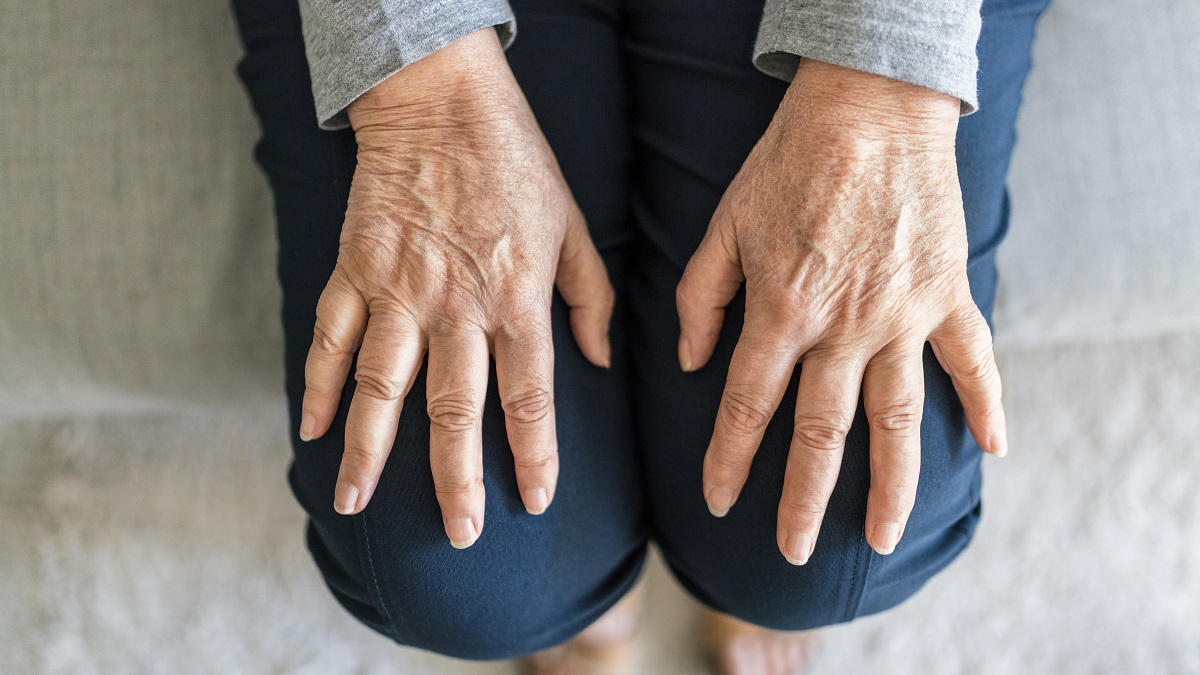Causes of FM/CFS: Scientific Basis for the Gupta Program
The premise of the Gupta program is that fibromyalgia (FM) and chronic fatigue syndrome (CFS/ME) are caused by abnormalities in the functioning of brain structures that process physical and emotional threats to the body. However, connections in the brain are not fixed and can be rewired. Neuroscientists call this process “neuroplasticity”. The program was created by Ashok Gupta, who suffered from ME/CFS himself, but has since recovered.
The primary region in the brain involved is called the amygdala, a small almond-shaped structure in the brain. The amygdala interprets sensory information in order to detect potential threats to the body. If the amygdala determines that there is a threat, it triggers a response from other brain regions in order to protect the body.
Click Here to Visit the Store and find Much More….
However, in certain people, the amygdala may overprotect the body. Many patients with CFS/FM experience a viral infection and/or a period of heightened stress at the beginning of their illness. These circumstances put the amygdala on ‘high alert. The amygdala begins to interpret sensations in the body as dangerous (like back pain or fatigue after a virus), triggering negative thoughts in the conscious mind about these symptoms, and causing a constant, unremitting stress response in the body. This stress response causes further negative symptoms (sleep disturbance, pain, digestive issues, etc.) – setting the stage for a vicious cycle in the body, which we call fibromyalgia.
I can completely relate to this hypothesis. In the year before I developed FM, I had mumps, bronchitis, gastroenteritis, as well as back pain. Then I began an intensive graduate studies program, which caused a lot of anxiety. I quickly developed a cascade of FM symptoms, including body-wide pain, fatigue, and insomnia.
How it Works: Brain Retraining
At the core of the Gupta program is an amygdala retraining technique. This technique involves a series of steps that focus on changing your relationship to your symptoms. Retraining includes recognizing and interrupting the flow of negative thoughts about your symptoms; changing your self-talk in a compassionate and positive direction; and visualizing health and happiness in your body.
In addition to the amygdala retraining technique, the program includes a daily meditation component, as part of the larger brain retraining focus. Meditation is, essentially, a way to practice being present. According to Jon Kabat-Zinn, a pioneer in the field of meditation and medicine, meditation is a practice of learning to “pay attention, on purpose, in the present moment, non-judgmentally.” Researchers have investigated the effect of meditation programs for patients with chronic pain conditions and found overall improvements in bodily pain, quality of life, and psychological symptoms (Rosenzweig et al., 2010). I have personally benefited from regular meditation practice by learning that most anxiety comes from worrying about the future or reliving difficult moments from the past, rather than from anything going on directly in this moment. Learning to be more present has helped me reduce stress and anxiety by reinforcing what my grandma used to say –– worry about crossing that bridge when you get there!
The goal of brain retraining is to substantially improve FM/CFS symptoms and even recover from these devastating conditions. Is it really possible? A small clinical audit found substantial improvements in 90% of patients with CFS who attended Ashok Gupta’s clinic in London. The Gupta program website is full of success stories and positive testimonials. The program is designed for patients no matter how long they have suffered from the condition.
What it Includes: Gupta Program Coaching and Learning Materials
The Gupta program consists of a DVD program and Webinar series which includes:
- a fully interactive DVD programme of 14 Training Modules with clinical director Ashok Gupta;
- a comprehensive manual (which is a transcript of the DVDs), as well as worksheets and handouts
- 2 Audio CDs with Meditative and Breathing Techniques
- a large floor chart mind map to help you “retrain your amygdala”
- a Follow-up 3 Month Group Coaching Webinar Series: 12 Interactive Sessions with Ashok Gupta in the form of a weekly webinar on a weekday evening, 6pm UK time, with the opportunity to ask questions and see feedback from others
The Gupta program also incorporates a free app called ‘The Meaning of Life Experiment‘ with 30 days of free meditations. This is an excellent meditation app. Ashok Gupta guides 10 or 20-minute meditations on topics like dealing with difficult emotions, gratitude, and inner peace. This app has helped me to deepen my meditation practice and I can’t recommend it highly enough.
Click Here to Visit the Store and find Much More….
My Experience: How the Gupta Program Helped Me
Before I share my personal experience with the Gupta program, I should mention an important caveat. During the five months since I began the program, I have undergone surgery and experienced complications from an unrelated chronic pain condition (endometriosis). For this reason, I do not expect to see improvements in my physical fibromyalgia symptoms at this time. (As an example, my unrelated chronic pain condition often keeps me awake at night, so it’s not surprising that I experience fatigue and brain fog after a bad night’s sleep). However, I have been surprised that my fibromyalgia symptoms have not flared or worsened despite the pain and disruption of my endometriosis.
Instead, the benefits that I have experienced are primarily in mentally and emotionally coping with chronic pain and illness. The daily meditation component has helped me to be more self-aware. What I really like about the Meaning of Life Experiment app and the meditation and breathing technique CD is that the guided meditations go beyond practicing being present. The ‘soften and flow’ and ‘surrender’ meditations have provided me with invaluable techniques for handling difficult emotions, like anxiety, that can accompany life with chronic illness. On the flip side, meditations on gratitude and cultivating inner contentment have helped me to take in the positives of small moments of enjoyment throughout my day. Finally, meditations on self-compassion have helped me to better understand patterns of negative self-talk or self-judgment. In the same vein, the amygdala retraining technique has helped me to interrupt unhelpful thought patterns like hyper-vigilance over symptoms or catastrophizing negative experiences, like having to cancel plans at the last minute. Since these negative thoughts are associated with an amygdala on high alert, I’m hopeful that breaking these cycles will help improve my physical fibromyalgia symptoms over time. Overall, I can say that I feel more positive and in control since I began the Gupta program.
How much does it cost?
The Gupta program costs $299 in the US/CANADA. One aspect I like is that if you aren’t satisfied with the DVD Home Study Course, you can return it for a full refund after 6 months, and for up to a year from purchase (minus the cost of postage and packing).

Click Here to Visit the Store and find Much More….
For More Information Related to Fibromyalgia Visit below sites:
References:
Fibromyalgia Contact Us Directly
Click here to Contact us Directly on Inbox
Official Fibromyalgia Blogs
Click here to Get the latest Chronic illness Updates
Fibromyalgia Stores



